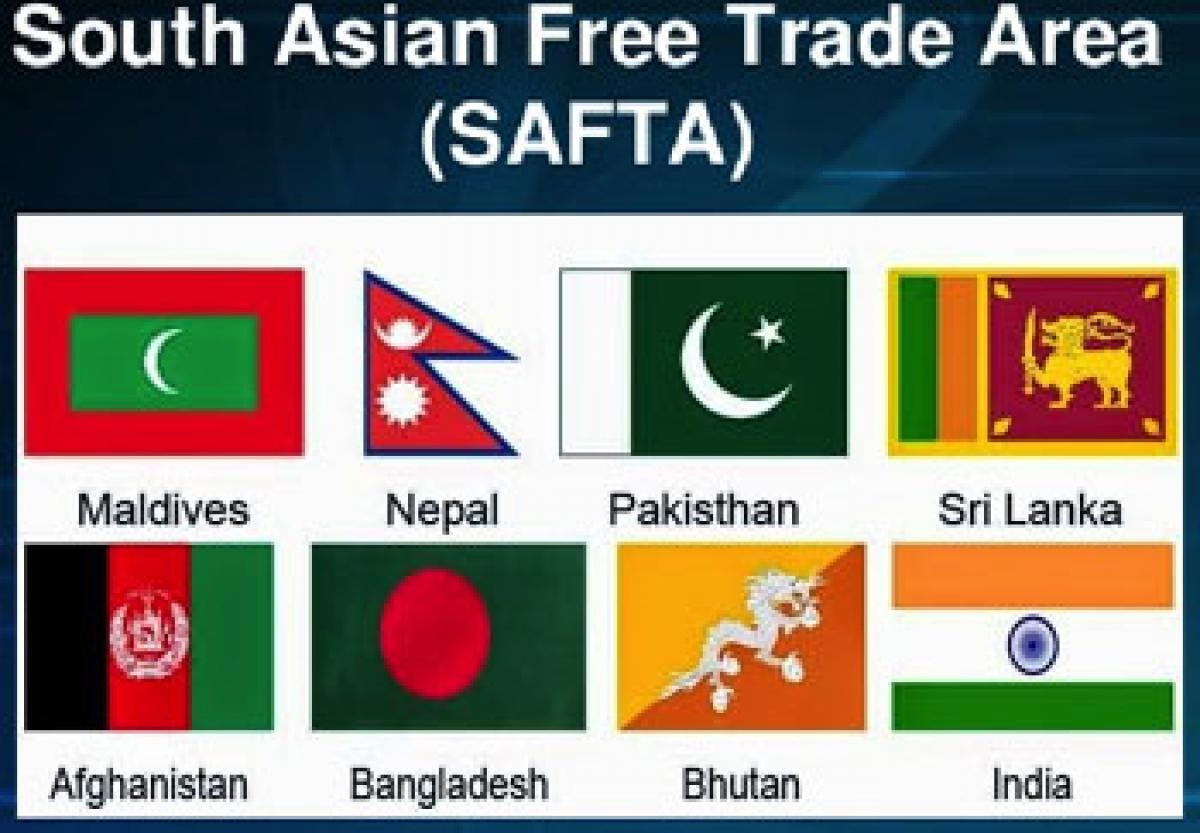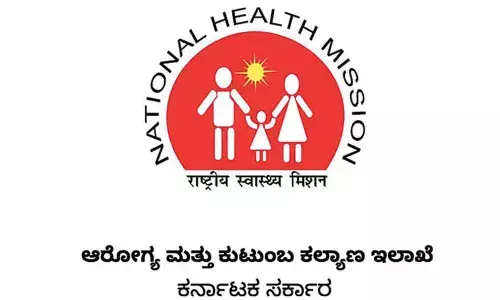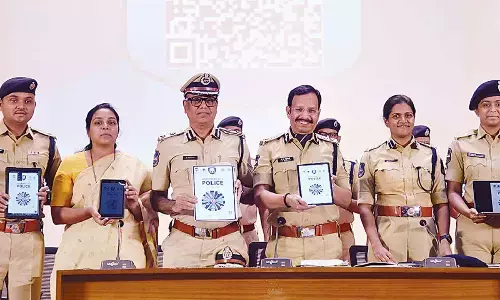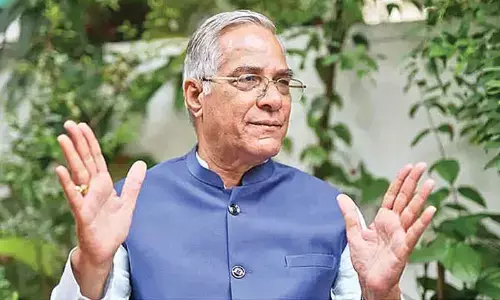South Asian Free Trade Area

The establishment of an Inter-Governmental Group (IGG) to formulate an agreement to establish SAPTA was approved in the Sixth Summit of SAARC held in Colombo in December 1991.
The South Asian Free Trade Area (SAFTA) is an agreement reached on January 6, 2004 at the 12th SAARC summit in Islamabad. It created a free trade area for billion people in Afghanistan, Bangladesh, Bhutan, India, Maldives,Nepal, Pakistan and Sri Lanka. The seven foreign ministers of the region signed a framework agreement on SAFTA to reduce customs duties of all traded goods to zero by 2016.
The establishment of an Inter-Governmental Group (IGG) to formulate an agreement to establish SAPTA was approved in the Sixth Summit of SAARC held in Colombo in December 1991.
The SAFTA agreement came into force on January 1, 2006 and is operational following the ratification of the agreement by the seven governments. SAFTA required the developing countries in South Asia (India, Pakistan and Sri Lanka) to bring their duties down to 20 percent in the first phase of the two-year period ending in 2007.
The purpose of SAFTA is to encourage and elevate common contract among the countries such as medium and long term contracts, involving trade operated by states, supply and import assurance in respect of specific products. It involves agreement on tariff concession like national duties concession and non-tariff concession.
SAFTA also aims to increase the level of trade and economic cooperation in the region by reducing the tariff and barriers and also to provide special preference to the Least Developed Countries (LDCs) among the SAARC nations.



















